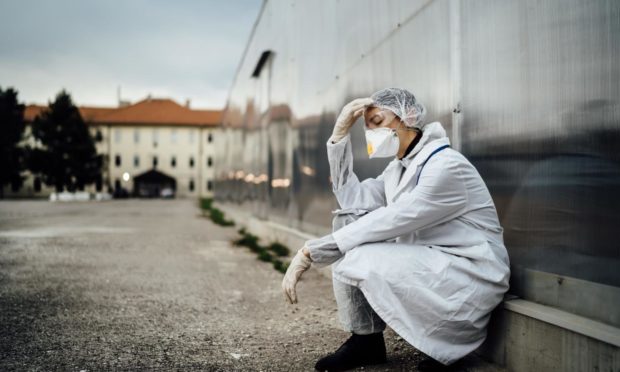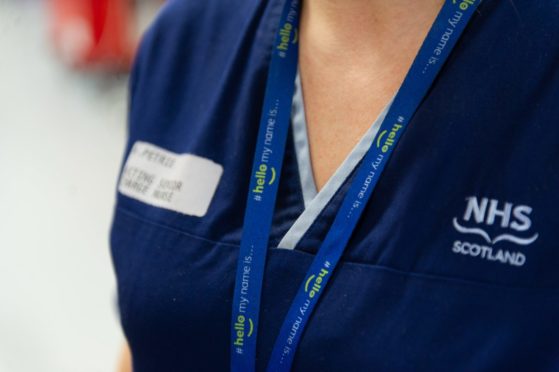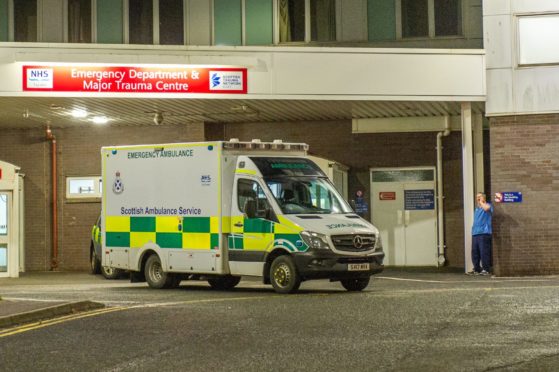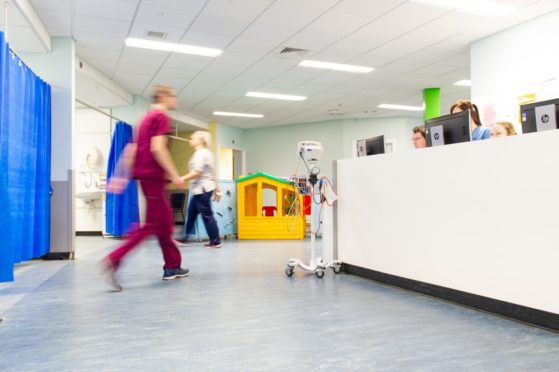Hundreds of NHS Tayside staff were subjected to verbal or physical assaults between January and April during the second wave of the coronavirus pandemic.
New figures obtained by The Courier showed there were well over 300 assaults of staff as they battled the coronavirus crisis.
Between January 1 and April 1, 236 incidents were reported involving physical patient aggression.
A further 57 incidents of verbal aggression were reported across the health, official NHS Tayside statistics confirmed.
Less than five incidents of sexual assault and racist abuse against staff were reported during the same period.
Incidents of aggression towards staff by patients were also recorded, with five complaints made by NHS workers.
NHS Tayside said it did not record if such incidents led to staff absences.
More attacks were recorded in the first four months of 2021 than throughout the whole of 2020, when 308 incidents were reported in total.
In 2019 it was reported that over 10,000 attacks on staff in NHS Tayside had been recorded since 2014.
In 2018/19 there had been a spike of more than 10 per cent than five years previous.
An NHS Tayside spokesperson told The Courier that all incidents were taken extremely seriously.
They said: “All of our staff have been working very hard throughout this pandemic and we take each and every incident extremely seriously.
Zero tolerance policy
“It is a fundamental right of our staff that they can carry out their duties without having to face any kind of violence or the threat of violence.
“NHS Tayside has a very strict zero tolerance policy to any kind of violence, both physical and verbal, against any member of our staff, patients or visitors which we vigorously enforce.
“Staff are actively encouraged to report all episodes, no matter how minor, and we have a good working partnership with local police to manage incidents when they may occur.”
The health board also revealed the reasons people attended accident and emergency departments across NHS Tayside during the second wave.
Trauma, poisoning or injury was the most common reason people attended, with over 6,351 people attending between January and April.
Cardiovascular or psychiatric illness were also other common reasons visited A&E, with 1,128 and 932 attendances respectively.
579 people attended at accident and emergency department due to “social circumstances”, whilst there were 333 attendances where “no abnormality was detected”.



